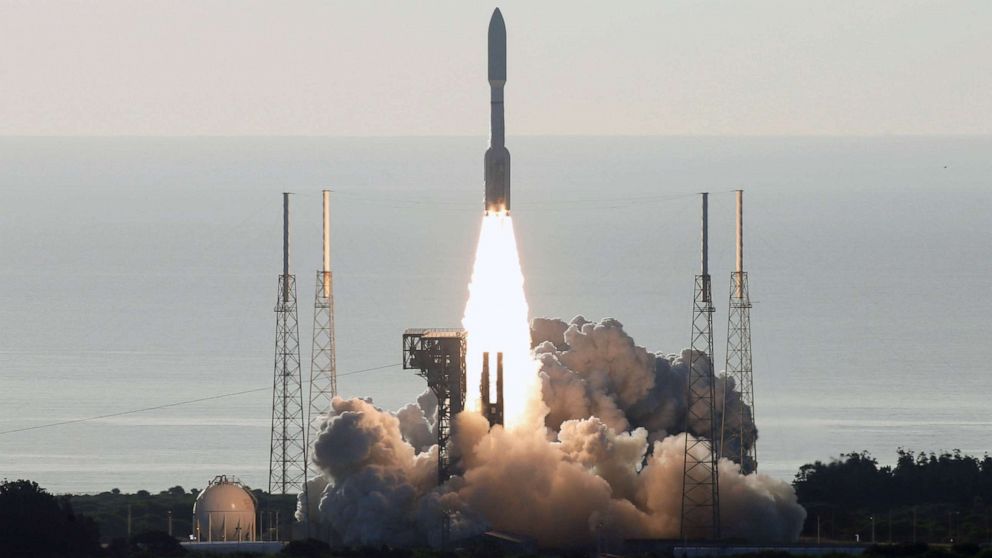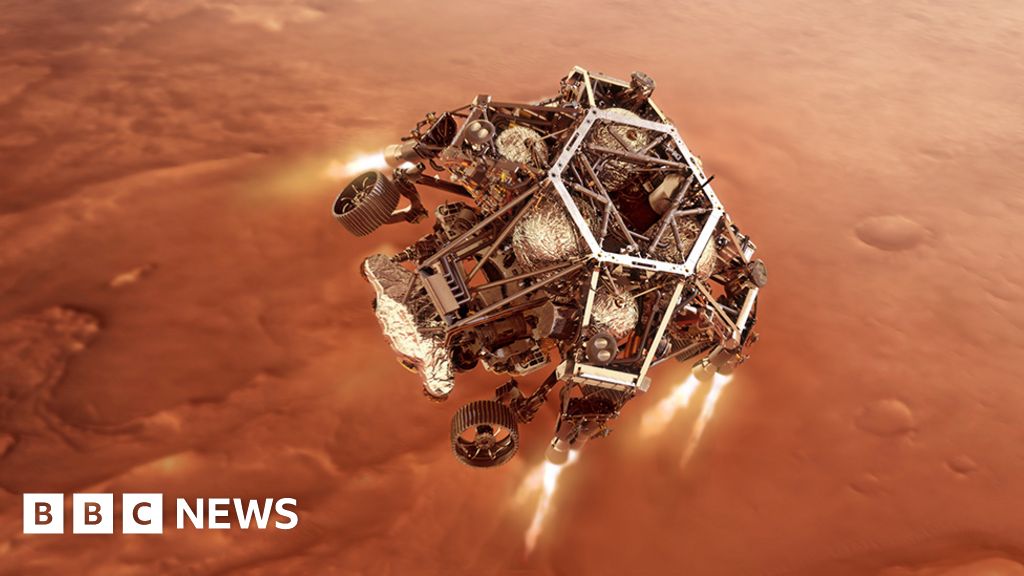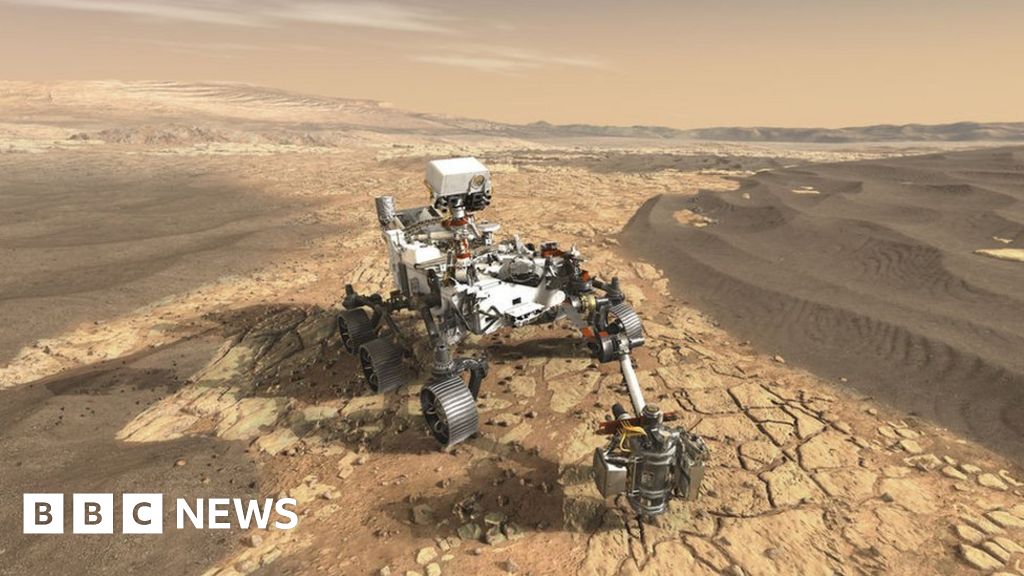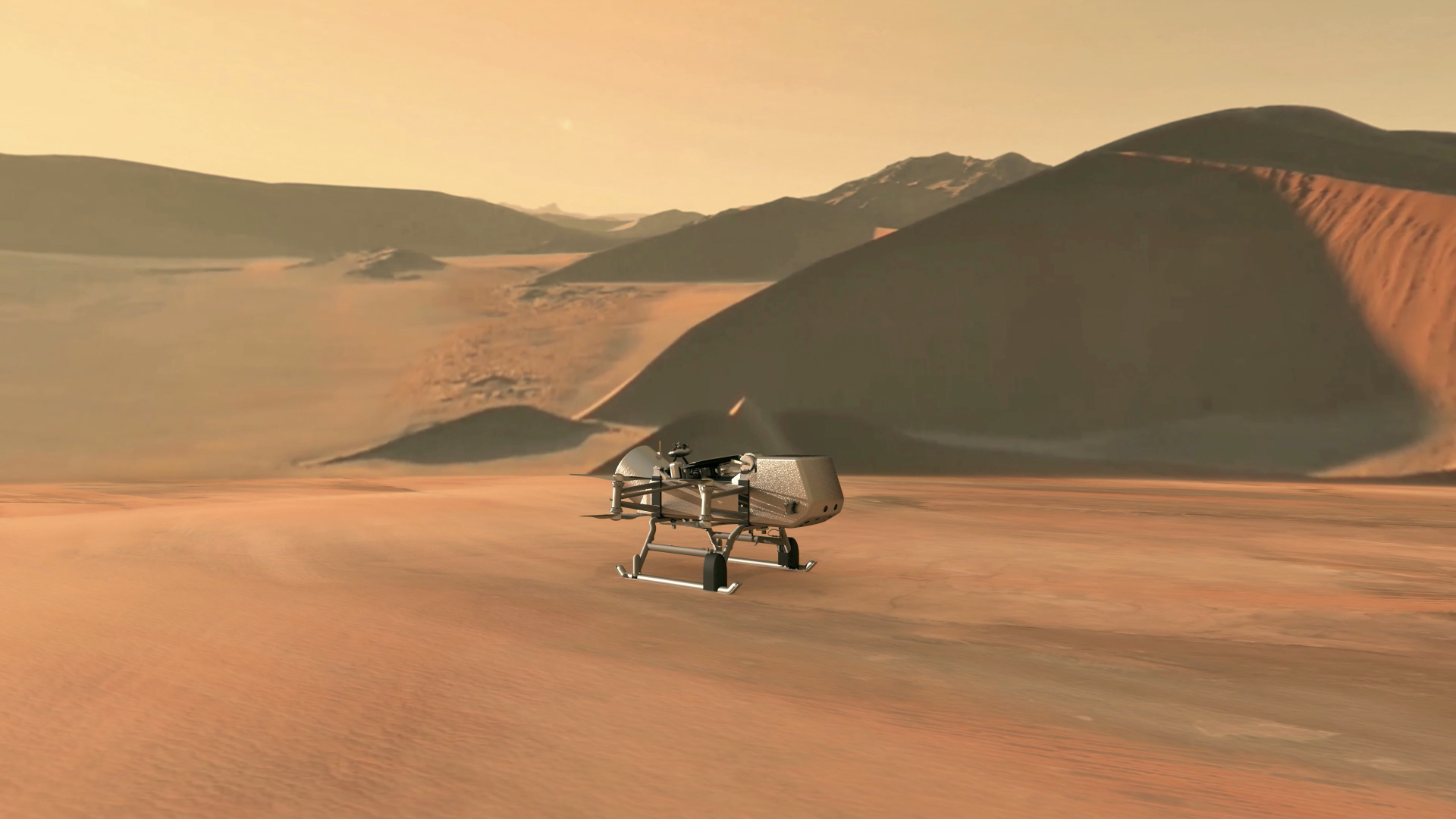MISSION UPDATES | Jul. 30, 2020
Mars 2020 Perseverance Healthy and on Its Way
The team controlling NASA’s Mars 2020 Perseverance rover has received telemetry (detailed spacecraft data) down from the spacecraft and has also been able to send commands up to the spacecraft, according to Matt Wallace, the mission’s deputy project manager. The team, based at NASA’s Jet Propulsion Laboratory in Southern California, has confirmed that the spacecraft is healthy and on its way to Mars.
Wallace provided a more detailed update on two issues during launch operations:
“First, the proximity of the spacecraft to Earth immediately after launch was saturating the ground station receivers of NASA’s Deep Space Network. This is a known issue that we have encountered on other planetary missions, including during the launch of NASA’s Curiosity rover in 2011. The Perseverance team worked through prepared mitigation strategies that included detuning the receivers and pointing the antennas slightly off-target from the spacecraft to bring the signal within an acceptable range. We are now in lock on telemetry after taking these actions.
“The second issue was a transient event involving temperature on the spacecraft. The mission uses a liquid freon loop to bring heat from the center of the spacecraft to radiators on the cruise stage (the part that helps fly the rover to Mars), which have a view to space. We monitor the difference in temperature between the warm inlet to the radiators and the cooler outlet from the radiators. As the spacecraft entered into Earth’s shadow, the Sun was temporary blocked by Earth, and the outlet temperature dropped. This caused the difference between the warm inlet and cooler outlet to increase. This transient differential tripped an alarm and caused the spacecraft to transition into the standby mode known as ‘safe mode.’
“Modeling by the team predicted something like this could happen during eclipse – the time when the spacecraft is in Earth’s shadow – but we could not create this exact environment for tests prior to launch. Nor did we have flight data from Curiosity, because its trajectory had no eclipse. We set the limits for the temperature differential conservatively tight for triggering a safe mode. The philosophy is that it is far better to trigger a safe mode event when not required, than miss one that is. Safe mode is a stable and acceptable mode for the spacecraft, and triggering safe mode during this transitional phase is not problematic for Mars 2020.
“With the understanding of the causes of these issues, we are conducting the operations necessary to move the spacecraft back out of safe mode and into normal cruise mode.”
NASA’s Mars Perseverance rover seeks signs of ancient life and collects samples of rock and regolith for possible Earth return.

mars.nasa.gov

www.ulalaunch.com






gizmodo.com

gizmodo.com

gizmodo.com

gizmodo.com

